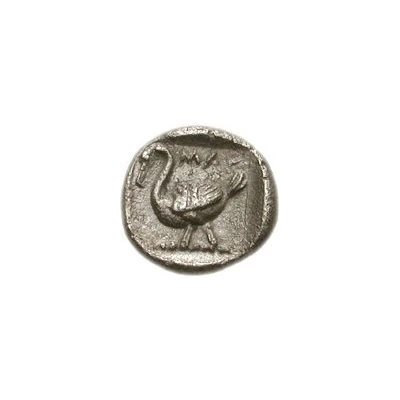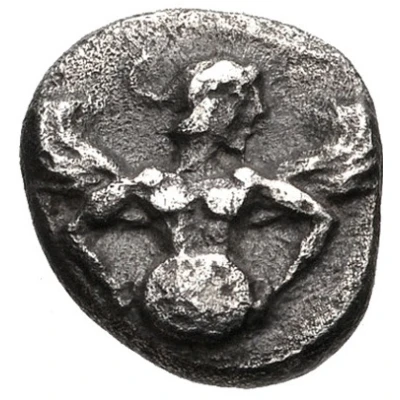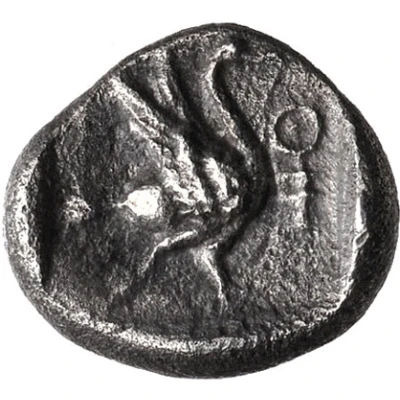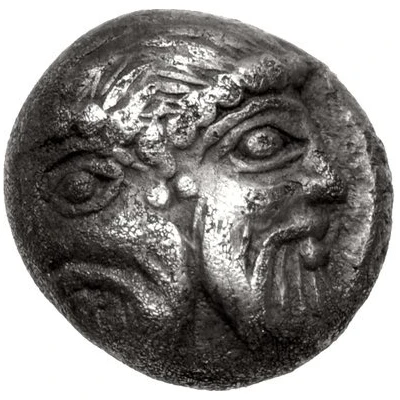


© Classical Numismatic Group, Inc.
Obol 440 BC - 390 BC
| Silver | 0.76 g | - |
| Issuer | Mallos (Cilicia) |
|---|---|
| Type | Standard circulation coin |
| Years | 440 BC - 390 BC |
| Value | Obol (⅙) |
| Currency | Drachm |
| Composition | Silver |
| Weight | 0.76 g |
| Shape | Round (irregular) |
| Technique | Hammered, Incuse |
| Orientation | Variable alignment ↺ |
| Demonetized | Yes |
| Updated | 2024-10-09 |
| Numista | N#177230 |
|---|---|
| Rarity index | 97% |
Reverse
Swan standing left within incuse square
Comment
Göktürk 29.
Interesting fact
The Obol coin from Mallos (Cilicia) was used as a form of currency in the ancient Greek city of Mallos, which was located in the region of Cilicia (now modern-day Turkey). The coin features an image of a lion's head on one side and an inscription on the other side that reads "MALLOS" in ancient Greek. This coin was used for everyday transactions and was also used as a form of payment for mercenaries and soldiers. Despite its small size, the Obol coin played an important role in the economy of the city and was a symbol of the city's wealth and power.



